Approximately One-third of People With Hoarding Disorder Also Engage in
Hoarding disorder HD is characterized by difficulty discarding personal possessions due to a perceived need to save the items andor significant distress when attempting to discard the items. Approximately one-third of people with hoarding disorder also engage in a food hoarding.
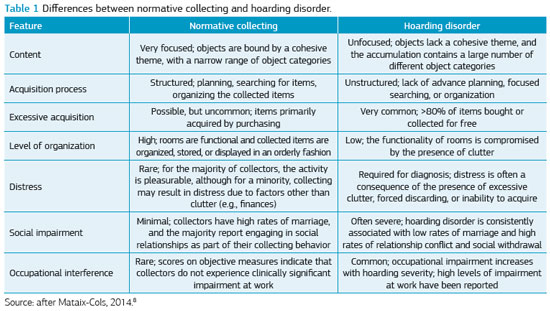
Geriatrics Gerontology And Aging
Approximately one-third of autistic people have intellectual disabilities while others have average or significantly above-average intellectual abilities.
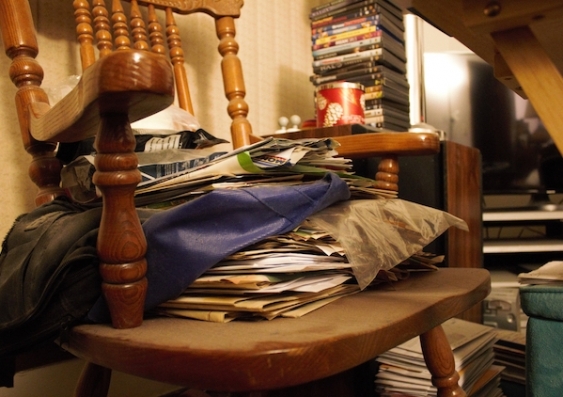
. 18 OTHER ANXIETY-RELATED DISORDERS Roughly 137 of individuals who sought treatment for problem gambling also had a diagnosis of panic disorder. D all of the above. 7 149 before of individuals who sought.
Or bothAmong people with OCD carrying out compulsive behavior tends to ease feelings of anxiety while repressing compulsive. Samuels et al 2002 and that the population prevalence of OCD is estimated to be about 12 Karno et al 1988 based on population-based surveys the population prevalence of compulsive hoarding. Is a direct result of brain damage.
Approximately one third of people with hoarding disorder also engage in. Approximately one third of people with hoarding disorder also engage in. Grant says Only approximately one-third of patients with OCD receive appropriate pharmacotherapy and fewer than 10 percent receive evidence-based psychotherapy.
Up to 8 cash back Obsessive-compulsive disorder OCD is a type of anxiety disorder in which people suffer from recurrent unwanted thoughts or ideas obsessions. Approximately one third of people with hoarding disorder also engage in a food hoarding. D all of the above.
A common symptom associated with OCD is. For help getting Social Security disability for an obsessive-compulsive disorder OCD call Lunn Forro PLLC for a. People with Obsessive-Compulsive Disorder suffer from repetitive unwanted and intrusive thoughts images or urges.
Any type of psychological disorder such as depression or panic attack is a direct result of brain damage. Background Obsessive-compulsive disorder OCD is a common condition that has a significant impact on peoples lives. Before the DSM-5 there was no hoarding disorder Rather hoarding was merely considered a symptom of OCD.
In DSM-IV-TR hoarding is listed as one of the diagnostic criteria for obsessivecompulsive personality disorder OCPD. Trying unsuccessfully to suppress ignore or neutralize the obsession. Obsessive-compulsive disorder OCD has become a part of our everyday cultural lexicon in often trivializing ways.
COVID-19 pandemic imposed a challenging situation for the general population. If you have a disabling mental disorder such as obsessive compulsive disorder you might be entitled to disability benefits. Obsessive-Compulsive Disorder OCD According to one study 17 percent of children with autism also have symptoms of OCD.
And OCD was included in the chapter on anxiety disorders. Approximately one third of people with hoarding disorder also engage in a food hoarding. Problems with anxiety including phobias and.
It is listed under the chapter heading Obsessive-Compulsive and Related Disorders. D all of the above. 7 People who engage in problematic gambling with a history of PTSD are more likely to use gambling to cope with unwanted emotions.
These obsessions tend to cause high levels of distress discomfort and anxiety for the person. In the DSM-5 hoarding disorder is for the first time categorized as a distinct entity. Approximately 27 percent of stroke survivors attempt suicide within six months.
Body dysmorphic disorder is most likely to begin in. Engage in repetitive irrational behaviors or mental acts compulsions. Approximately one-third of people with hoarding disorder also engage in a food hoarding.
Research in 2016 has shown that approximately 3040 of people with eating disorders also engage in. It is common for people suffering from OCD to engage in compulsive acts or rituals to reduce the distress and guilt associated with. Given that compulsive hoarding occurs in approximately 30 of individuals with obsessive-compulsive disorder OCD in clinical and family samples Rasmussen.
D all of the above. You also have the opportunity to engage in a holistic. Obsessive-compulsive disorder OCD.
According to DSM-IV-TR when hoarding is extreme clinicians should consider a diagnosis of obsessivecompulsive disorder OCD and may diagnose both OCPD and OCD if the criteria for both are met. Considered one of the most debilitating psychiatric illnesses12 obsessive-compulsive disorder OCD is characterized by distressing thoughts and repetitive behaviors that are interfering time-consuming and difficult to control Historically OCD was thought to be untreatable as people with the disorder did not respond that well to traditional psychodynamic.

Hoarding An Overview Sciencedirect Topics

Functional Neuroimaging Test Of An Emerging Neurobiological Model Of Hoarding Disorder Biological Psychiatry Cognitive Neuroscience And Neuroimaging
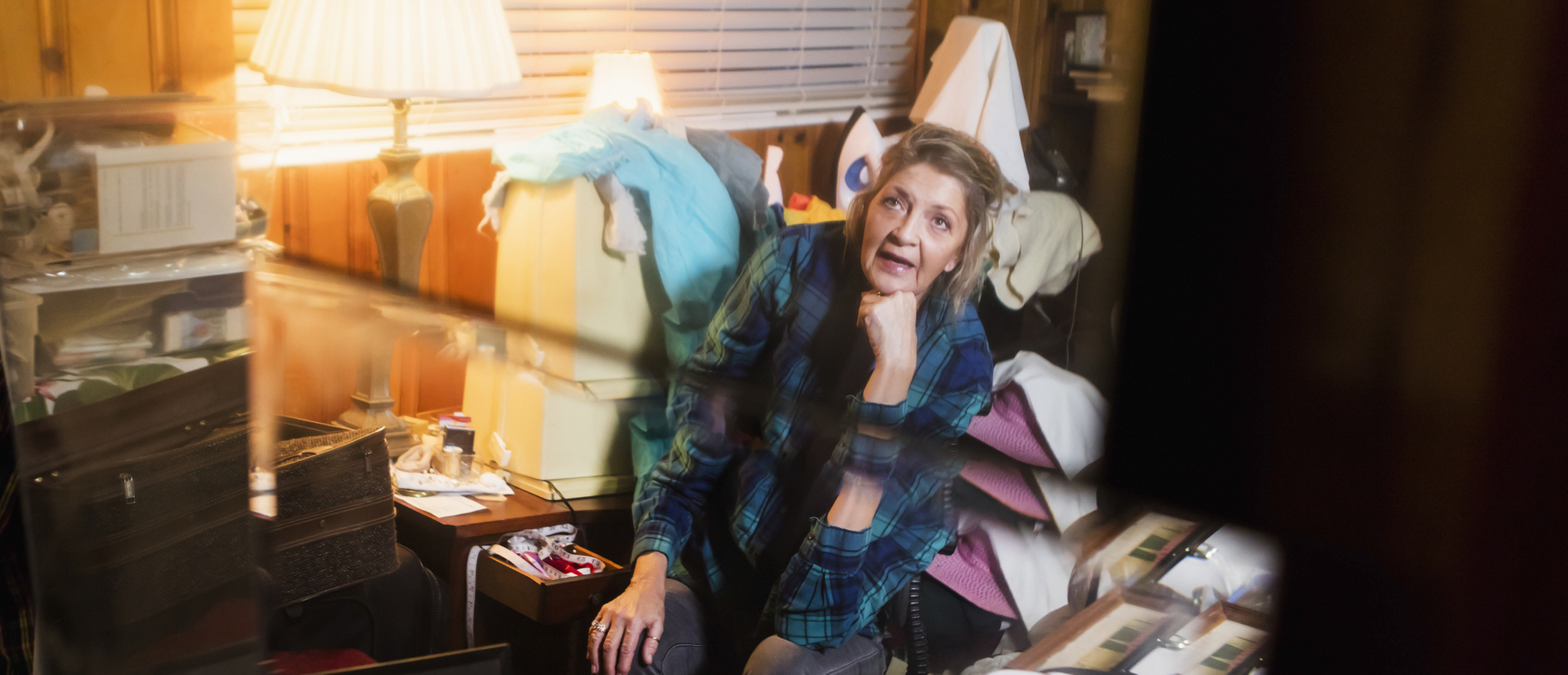
Understanding A Hoarder S Narrative Mht

Pdf Intrusive Uncertainty In Obsessive Compulsive Disorder Tom Cochrane Academia Edu

Pdf Hoarding Disorder A New Diagnosis For Dsm V Alberto Pertusa Academia Edu

Inhibition Related Cortical Hypoconnectivity As A Candidate Vulnerability Marker For Obsessive Compulsive Disorder Biological Psychiatry Cognitive Neuroscience And Neuroimaging

Hoarding Disorder Help For Hoarders Helpguide Org

10 Things You Need To Know About Hoarding Disorder Junk Removal Northwest Arkansas Valet Trash Professionals

When Hoarding Becomes A Health Problem Unsw Newsroom
Exam 3 Quiz 7 Flashcards Quizlet
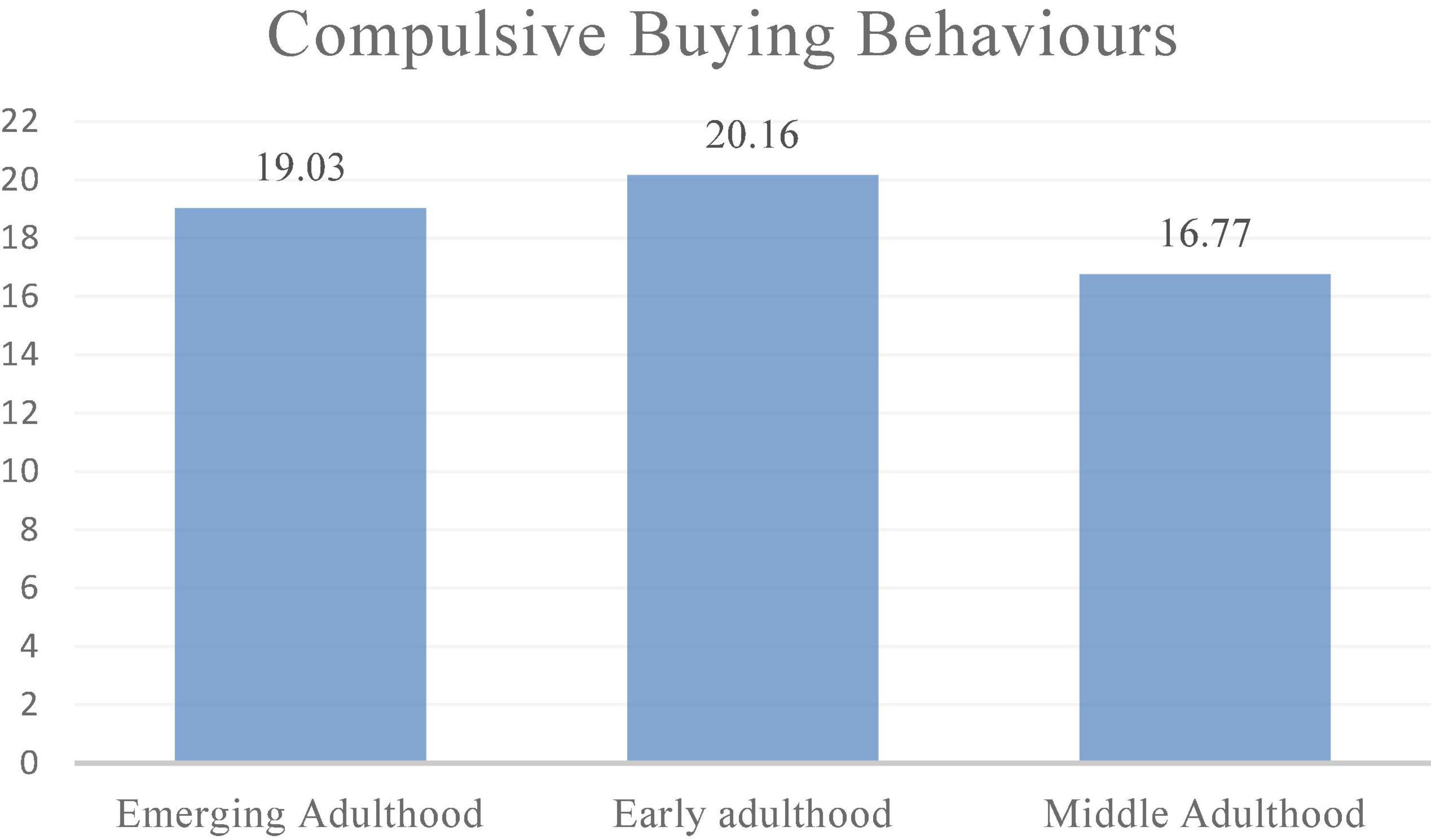
Frontiers The Prevalence Of Compulsive Buying And Hoarding Behaviours In Emerging Early And Middle Adulthood Multicentre Epidemiological Analysis Of Non Clinical Chinese Samples Psychology

Helping Someone With Hoarding Disorder Helpguide Org

When Hoarding Becomes A Health Problem Unsw Newsroom

Pdf Hoarding Disorder And The Law

Pdf Hoarding Disorder A Review
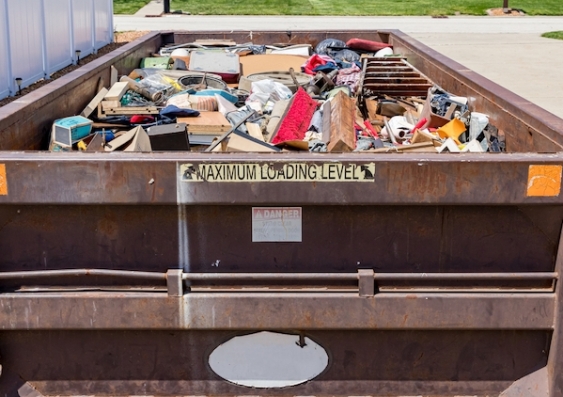
When Hoarding Becomes A Health Problem Unsw Newsroom

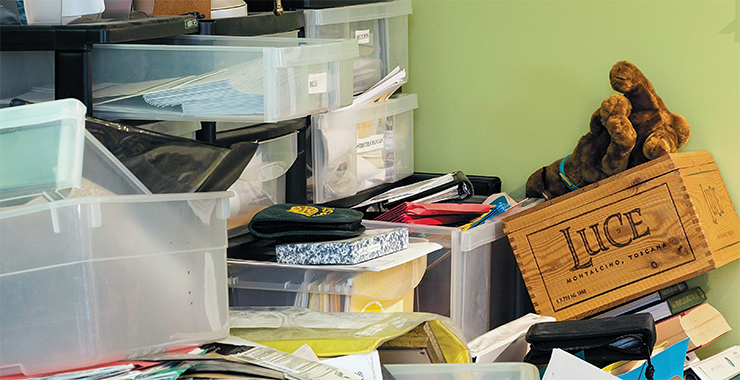
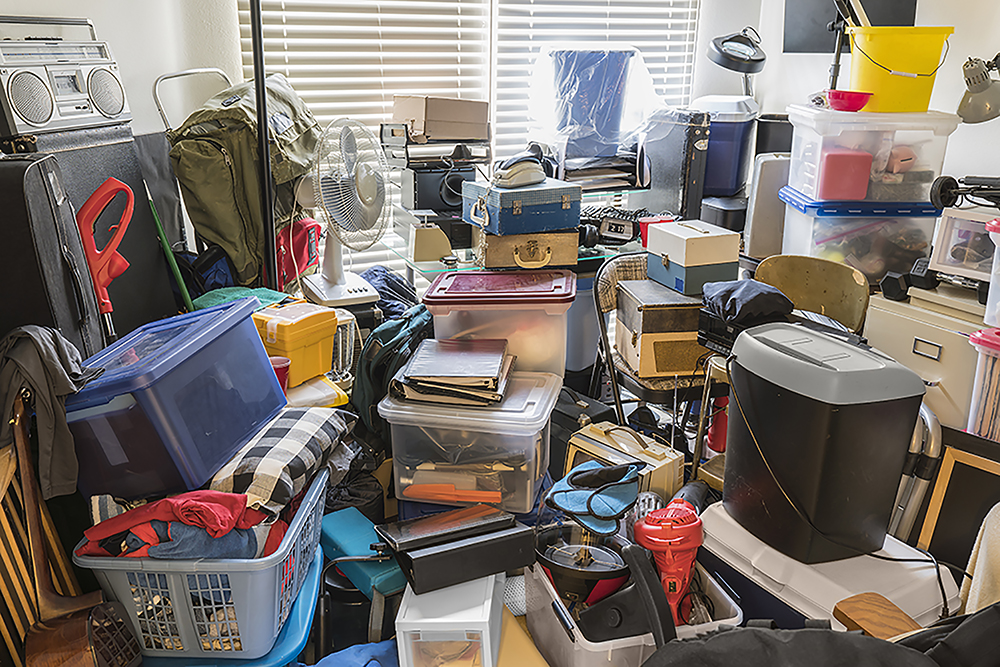
Comments
Post a Comment